071117_Aperiodic_Series002
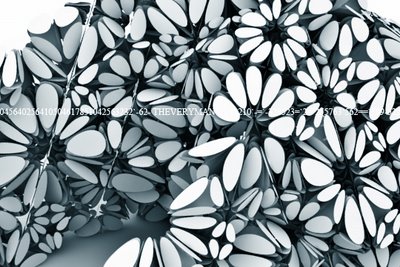
The flower is said to be the most conspicuous part of the plant. Their appeal has encouraged Man to know and possess them, developing technique such as gardening. The beauty of their petals - regarded as a highly modified leafs - has mainly been developed to attract pollinators (insects, birds or bats) which play an important role in the reproductive process of pollinating.
As an architect the easy shortcut of assimilating petals to cladding is a very tempting analogy: even though both have very different constraints and mode of operation, cladding -like petals- other than defining and protecting its host is often mainly regarded as an ornamental design exercise with one function only: made to attract… though within one rule only: within budget!
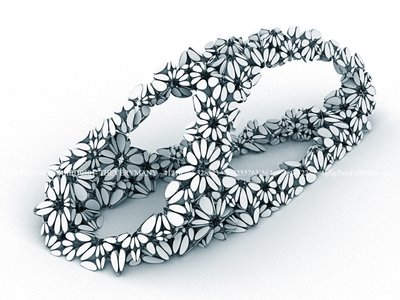
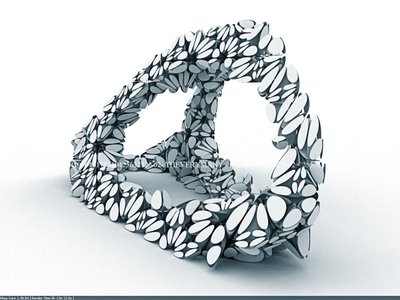
Here that shortcut has been taken to its paradigm as starting hypothesis: assuming the time of a geometrical wandering only - like some sort of temporary but controlled amnesia- that a cladding strategy could be elaborate on a flower attraction effect (affect??) though not by the complex geometry of its petal but rather by the intricacy of its assembly…
If “within a certain cost” intricacy can only be achieved within repetition - here:
- take 4 flowers (flower as assembly but also assemblage) describe within a pyramid
- each flower is made of 4 petals
- each petal is simplified based on a closed nurbs curve written within a triangle
- but also each petals is common at two flowers
- add 4 more flowers as the exact mirror of the first ones
You can therefore describe 8 different flowers of 4 petals with height 8 unique petals only…
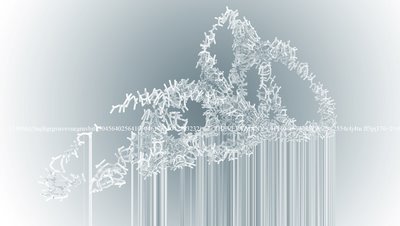
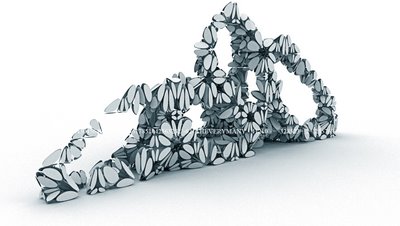
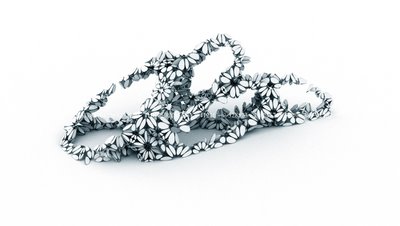
If the entire story isn’t based on 4 random pyramids but based on four Danzer tiles you could depending on the scale potentially describe any shapes within such packing based on 4 flowers (connections) and 8 unique petals (tiles)…
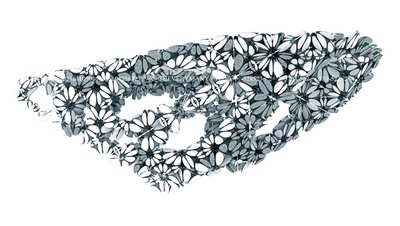
Labels: algorythm, aperiodic tiling, architecture, danzer tiling, rhinoscript


<< Home